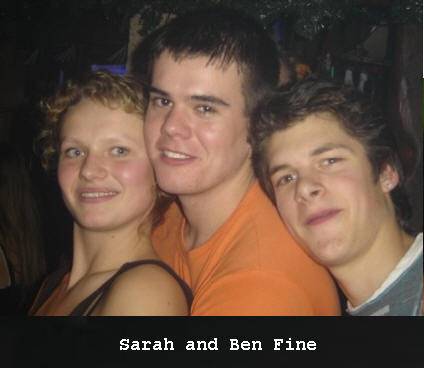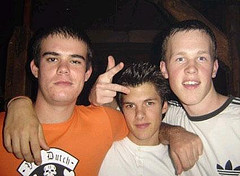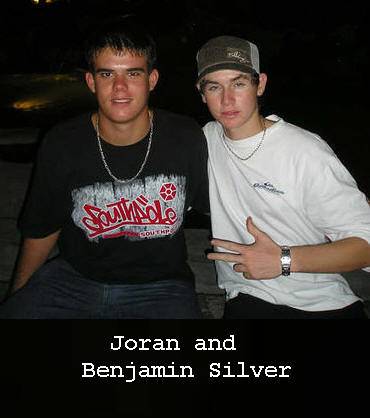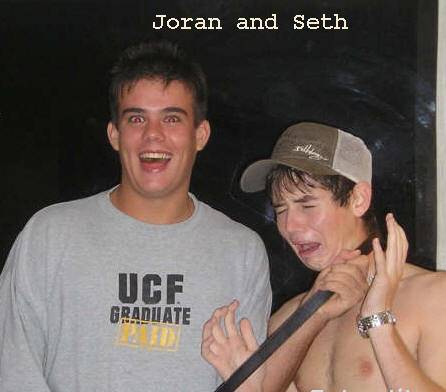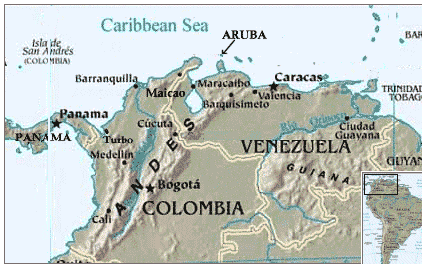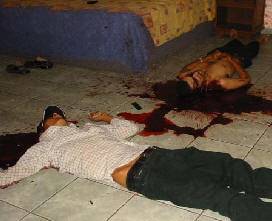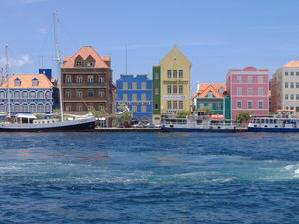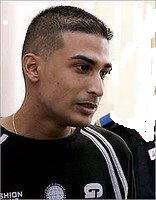
Deepak Kapoe
Protected Joran, and played an 'Island Taxi driver'
out the female didn’t return. no clothes, no money, no transportation, no passport, no phone, no personel belongings in a foreign country. no search for 10 days, no body searches, no home searches, cars, Deepak is vaccuming his car around 4 am that night for sand,then it was ants.. washing and cleaning the car with bleach, they went to court had the FBI kept out of it, had their dna thrown out, had the wrong men arrested, and have lied for a year.

Now this is Koen. Pronounced "Coon". Owns a beautiful home very close to the light house area, which is also for sale. Lately was asked to be questioned, and his Dad said NO. Dad answered the questions for him. Since when is it OK to tell officials No? This is a case, not a game here. It is said that their boat was docked at the marina right next to Natalees hotel that night. It is now taken out of the water, and is up for sale also. Koen left the Isalnd too. I guess it must be a safe haven in Holland.
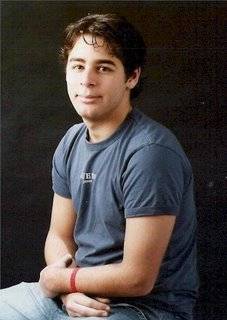
Guido Wever
Croupier dealer, set up girls, vanished to Netherlands
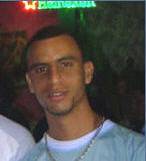
In this interview Jossy Mansur confirms Freddie Arambatzis-Zedan is now being held in prison. Mansur explains that he takes sexual pictures of “unsuspecting” girls and then sells it. The girls are apparently aware and okay with the picture taking, however not with the distribution of them. No offense but I think if you allow someone to take a picture of you, especially one that claims to be “Locoman Pimp”, you should be well aware of his intent. Mansur says this guy was held in the beginning of the investigation and obviously the media was not made aware of this. Jossy says he is probably being held because of a false alibi for Joran van der Sloot he initially gave police.
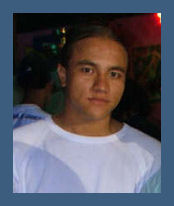

http://nataleeholloway.tripod.com/


